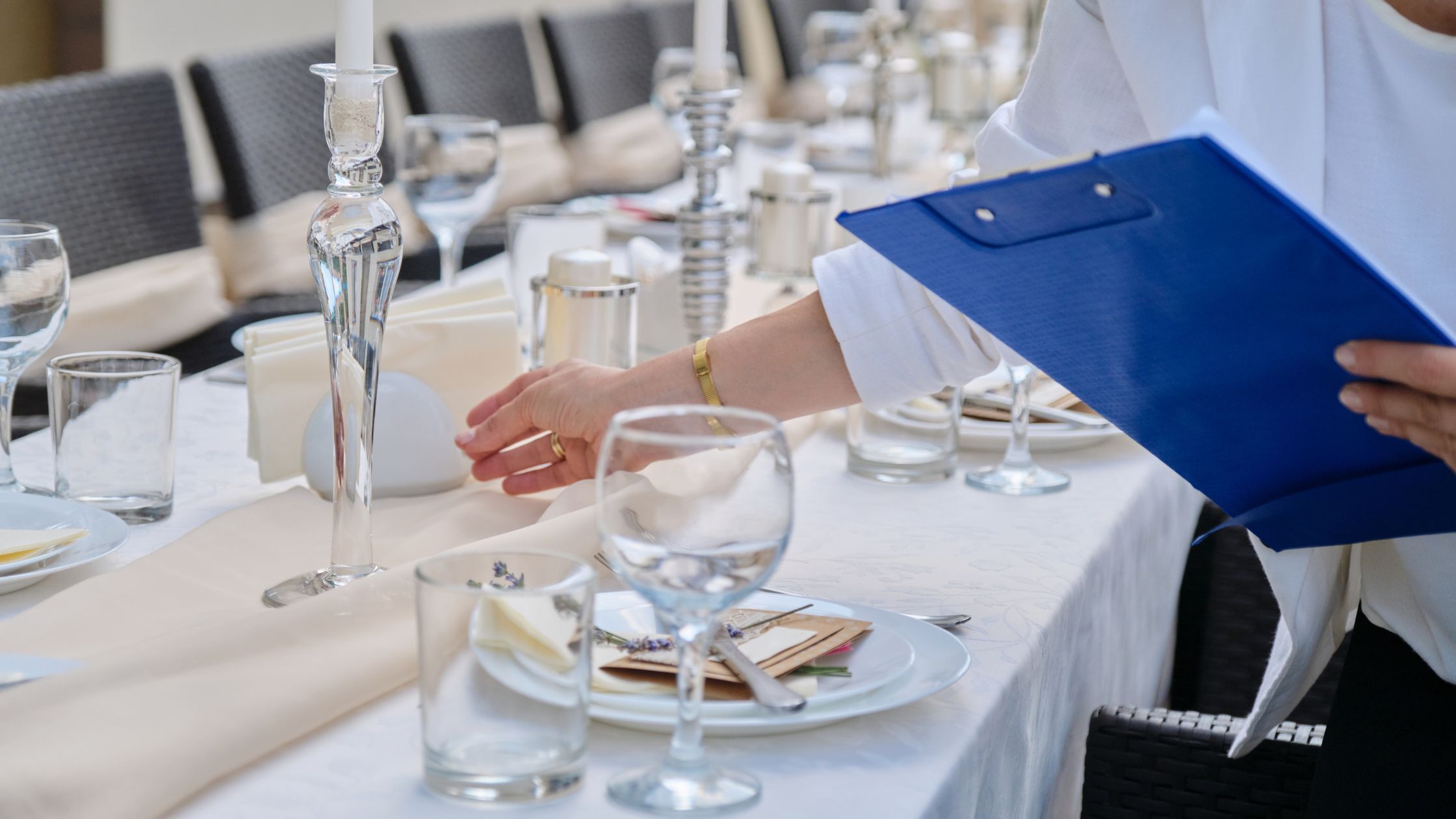Nonprofit fundraising events, known for both rubber chicken dinners and an opportunity to bring out the tux, are changing in our post-pandemic world.
Local nonprofit experts, Annie Garmey, Chief Development Officer, Girl Scouts of Eastern Massachusetts; Elisabeth Kasdorf-Torney, Director of Events & Experiences, UNICEF, USA; and Emily Williams, Director, Career and Alumni Engagement, Harvard University Graduate School of Education, recently shared their experience and insights about the honored tradition of hosting events at a Women In Development meeting at Boston’s Nonprofit Center. The main takeaway from the evening: As organizations strive to maximize their impact and resources, it’s crucial to approach event planning strategically.
The Risks and Rewards of Fundraising Events
The first question leaders should ask themselves is whether or not an event is needed at all. Hosting events can be risky. Events are expensive and can leave organizations vulnerable to unforeseen circumstances, such as labor strikes, which we recently experienced in Boston, catering shortages, and general malfunctions. Regularly assess the return on investment for your events. Don’t continue hosting events simply out of tradition. Analyze whether they are financially beneficial and if they’re attracting repeat supporters. Be prepared to make tough decisions, like canceling underperforming events, and then redirect resources to more effective strategies. Another pro tip from the WID experts is to explore cost-effective venues, such as partnering with board members’ companies for donated event spaces. It’s essential to view events as just one component of a balanced fundraising strategy, rather than the primary source of income.
Shifting Focus from Ticket Sales to Corporate Partnerships
While traditionally nonprofits relied on event ticket sales to drive revenue, today the financial power lies in corporate partnerships. These partnerships not only provide funding for events, but also offer opportunities for employee engagement through volunteer work. When choosing which nonprofits to support, corporations are increasingly interested in aligning with nonprofits that offer participatory experiences for their employees. In Nashua, New Hampshire, the Boys and Girls Club has a longstanding relationship with Fidelity Investments through which Fidelity employees take Club kids shopping for new shoes each fall and Christmas shopping to buy presents for their families each December. The employees chip in to pay for the children’s shoes and gifts and everyone wins. When it’s time for the Boys & Girls Club annual spring gala, Fidelity serves as a primary corporate sponsor.
Cultivating Relationships Beyond the Event
Events serve a dual purpose: raising funds and cultivating nonprofit organizational friendships. Often people sign up and even pay for tickets, but do not attend. When this happens, fundraising professionals should take the opportunity to follow up with the no-shows to try to build or cultivate relationships.
In person, hybrid or virtual
While hybrid events gained popularity during the pandemic, they present significant challenges in execution. It’s often more effective to focus on either an in-person or a virtual event, rather than trying to balance both simultaneously. For in-person events, give people a reason to attend. Exclusivity is key. Offer attendees unique experiences, such as access to VIPs or engaging activities, to create a sense of FOMO. Consider reducing speaking programs to allow more time for networking, as attendees often value events for the opportunity they provide to connect with others.
Innovative Event Formats
Think creatively about event presentation. For example, the Girl Scouts transformed their award ceremony into a mock campfire event, during which the women being honored had meaningful exchanges with young scouts on stage while the audience watched, rather than listening to women speak directly to the crowd. This approach was well received and offered a refreshing alternative to traditional speeches.
Demonstrating Impact and Cultivating Future Donors
Use events as a platform to showcase your organization’s impact. Present compelling information about your achievements to impress and engage guests. We know this from our nonprofit messaging work. People want to know numbers if they are going to give. How much was raised, where does the money go, and how are people helped? Additionally, view every attendee as a potential future donor and use the event as a starting point for ongoing cultivation.
Engaging Diverse Audiences
Consider ways to involve families, younger generations, and children in your events. Many people are looking for opportunities to engage their families in philanthropy. This approach not only broadens your current supporter base but also cultivates future generations of donors. This year the Salvation Army, which has been ringing bells for red kettle donations since the late 1800s, is encouraging families to ring the bell together, turning a once individual way to contribute into family fundraising events outside of stores and parks. In addition to including children, attract younger adults to your events. Young professionals often seek networking opportunities and are active on social media. Leverage these platforms to engage them and cultivate the next generation of board members and donors.
Authenticity
Ensure your events authentically reflect your organization’s mission. For example, a farm-to-table cooking event for an agricultural nonprofit or a cookie-inspired dessert event for the Girl Scouts. Last year, Old North Illuminated hired entertainers to showcase crafts from the 1700s like scrimshaw carving and rope making to its annual gala. The fun, engaging and interactive performances were a real crowd pleaser.
By adopting these strategies, nonprofits can create more effective, engaging, and financially sustainable fundraising events. The key is to continually adapt, innovate, and align your events with your overall mission and fundraising goals and HAVE FUN.


